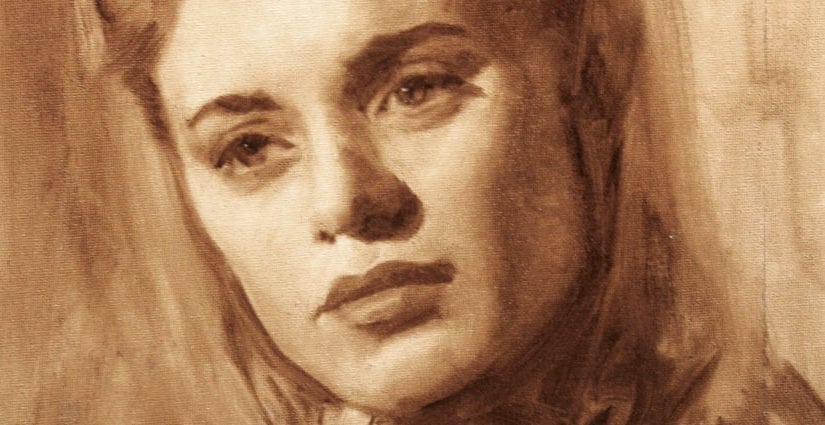The “Bistre” underpainting technique, paint is applied thinly using the white of the background to reveal the lights.
A brief history
A wash drawing is an artwork in which a fine layer of colour—usually diluted ink, bistre, or watercolour—is spread with a brush over a broad surface evenly enough so that no brush marks are visible in the finished product. Usually the technique is used in conjunction with lines made by a pen or pencil that define and outline while the wash provides colour, depth, and volume. The free use of coats of wash first appeared in the works of such 15th-century Italian artists as Sandro Botticelli and Leonardo da Vinci. Within the next 100 years, this technique was so highly developed that two-tone washes were used concurrently, one blending into the other.
The technique was very popular with the topographical painters of the 18th and 19th centuries, who built up their pictures by superimposing thin washes in the same way that an oil painter would construct a work with successive glazes: a preliminary foundation of monochrome was laid in over the whole surface (except areas left for highlights), and colours were then added, building up toward the final effect.
Why choose a wash drawing
A wash drawing is a monochrome study, like a charcoal but has a warmer tone and the oil paint is more permanent than a charcoal so will last longer. The artist works into a wet semi transparent film with the floating around the surface, some painterly effects can be achieved by brush as it works the paint around the fluid surface. It has the feel that form is being conjured out of a swirling mist. Some very sensitive results can be achieved through this medium.





